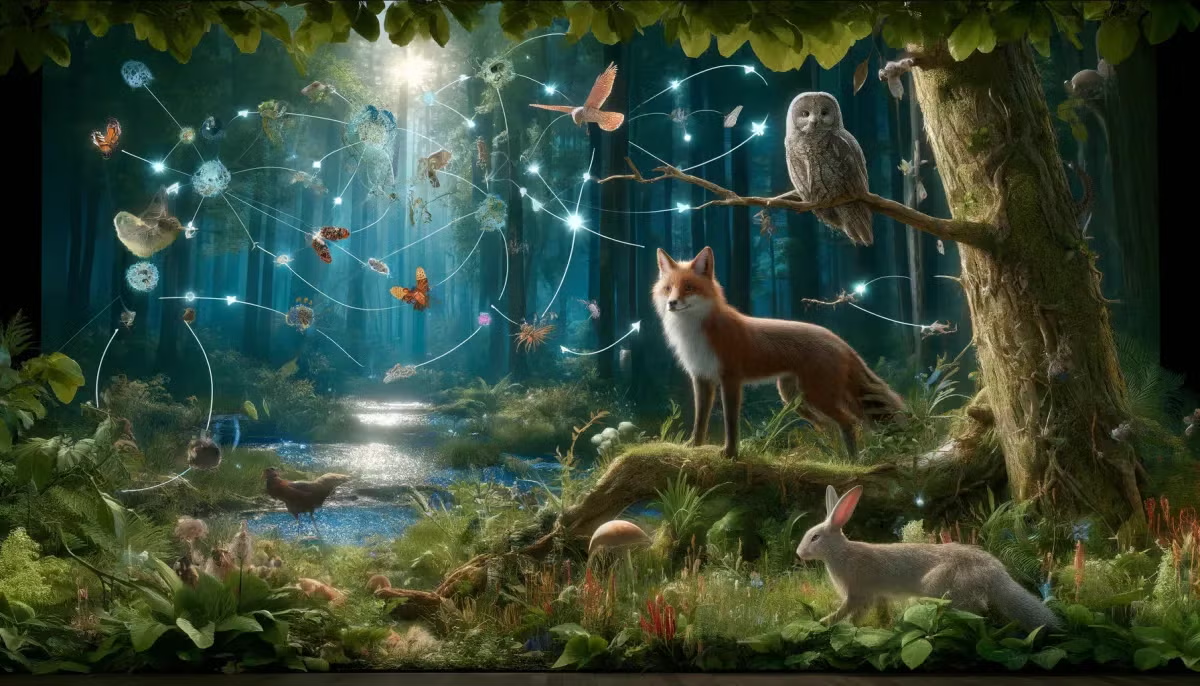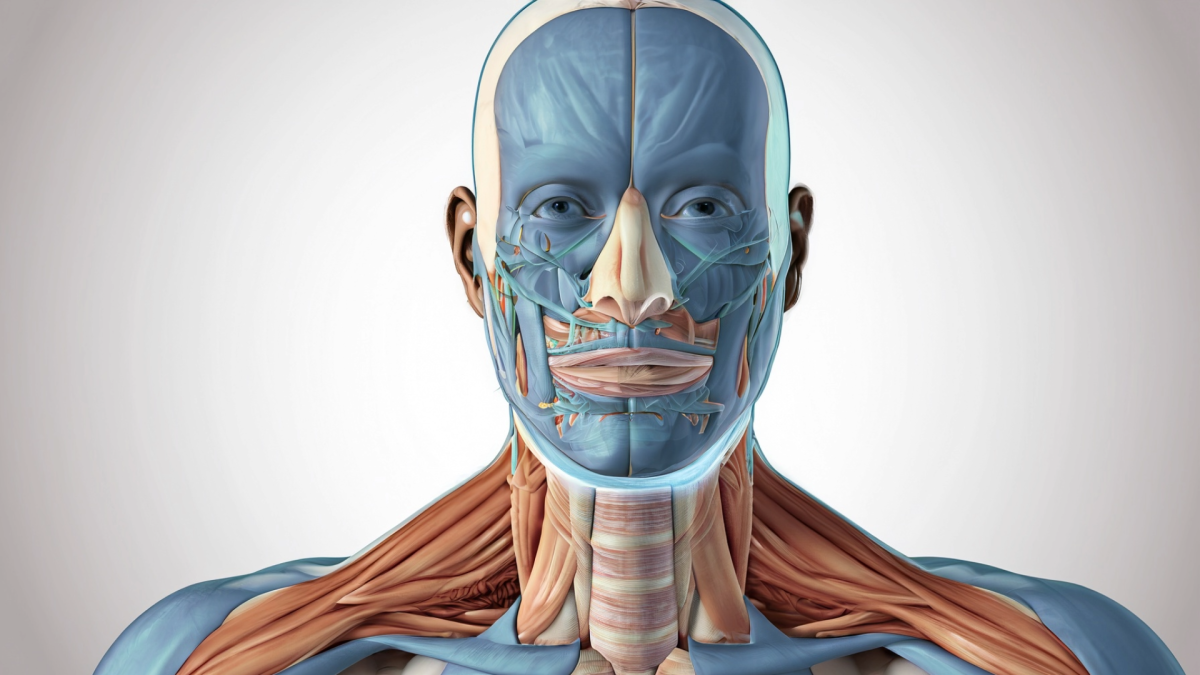
Edison, The Wolf of Yellowstone Part 1
by Aimee Katz
This lesson is an introduction to Tangible Coding and Sequencing to model the flow of an ecosystem. This is a hands-on way to incorporate coding and robots with life science concepts. This is a 2-part series. The link to the 2nd lesson is included.
Lesson Grade Level
6th GradeLesson Plan Link/URL
https://docs.google.com/presentation/d/1PqsHZwX6T_I1kaRpo8yfEON6hYQyBnTy/edit?u…Subject Area
Science Life Science L2: Organisms & Energy Technology 5. Computational Thinker Engineering S5: Apply Technology to Engineering English Language Arts (ELA) Writing
Featured
Off
Related Content

Grades:
2nd Grade, 3rd Grade
Students will research a biome around the world, including 3 animals, 3 plants, and 3 nonliving parts of the ecosystem. Students will construct a diorama of the biome and illustrate a natural disaster

Grades:
9th Grade, 10th Grade, 11th Grade, 12th Grade
This STEM Argumentative Research Project engages students in exploring the scientific, ethical, and societal implications of themes in Mary Shelley's "Frankenstein." Students will work in groups to

Grades:
2nd Grade
Students will learn about the adaptation of camouflage through picture books and research. They will then learn about animals specific to the area. (In this lesson, we are using the Bill Williams